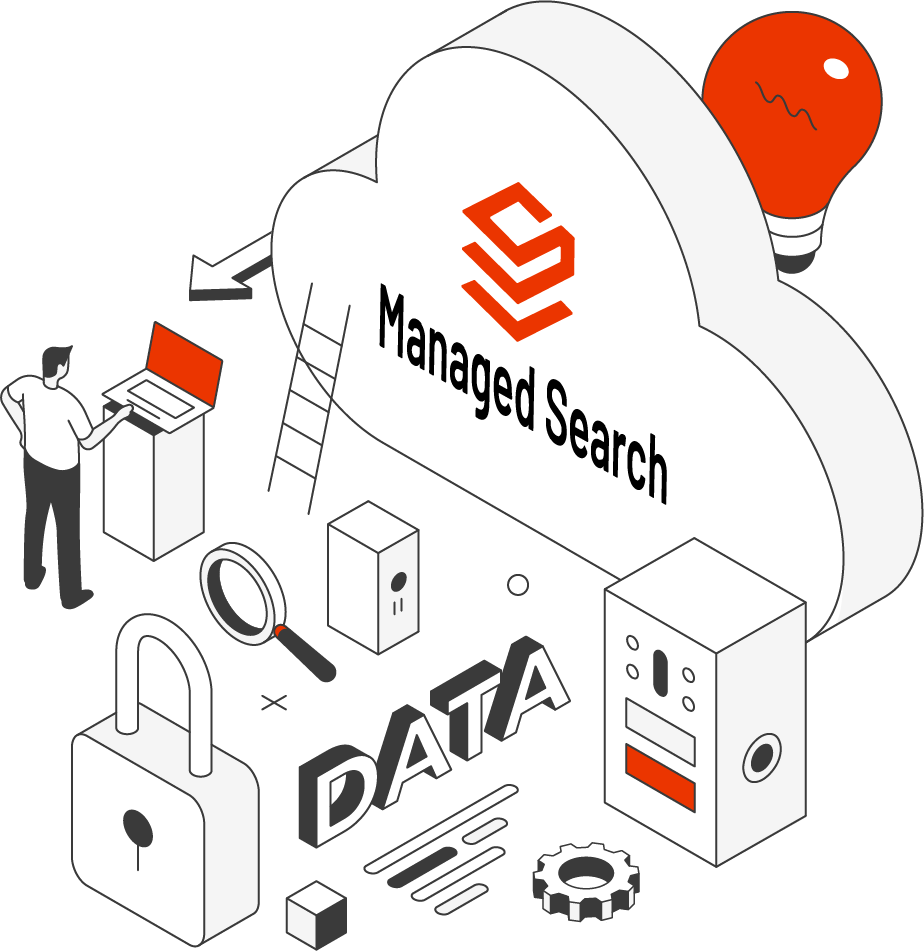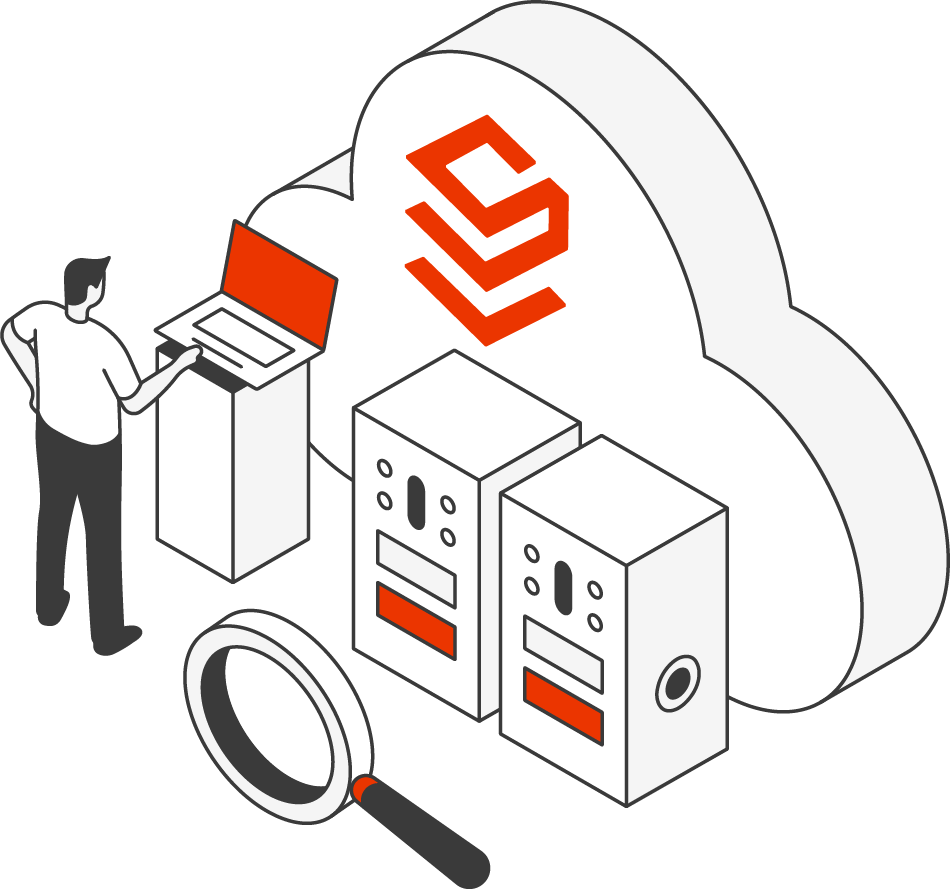Why Free Isn’t Free in Higher Education Software

July 09, 2024
Jeff Dillon
|
Former University IT Director Jeff Dillon explores why “free” software comes with hidden costs in the higher education space.
Exploring "Free" in Higher Education Software
Have you heard the saying, “If the product is free, you’re the product?” This adage is particularly relevant in higher education, where software solutions often present themselves as “free,” enticing universities and colleges who are eager to optimize their websites and online tools on limited budgets. However, the reality behind these ostensibly cost-free solutions is far more complex, fraught with hidden costs and significant challenges.
By using free search tools like Google Programmable Search Engine (GSE), universities are providing Google with vast amounts of user data. This data can be leveraged for various purposes, including refining Google’s targeted advertising and gathering user profiles that are shared with third party companies. Essentially, while universities benefit from enhanced search capabilities at no direct cost, they exchange valuable user information, which Google can utilize to inform their own business objectives.
The Flavors of Free Software
Open-source Software For Higher Education: For many years, open-source software has been a go-to model for academia. The open-source ethos aligns well with the educational mission, promoting collaboration, innovation and accessibility.
Universities have historically leveraged open-source learning management systems (LMS), portals and content management systems (CMS), viewing them as flexible, customizable alternatives to commercial proprietary software. A robust ecosystem of service providers supports these open-source solutions, such as Acquia, Pantheon, WP Engine and Unicon.
Commercially Free Software: In the business-to-consumer (B2C) world, proprietary free solutions using free trials or educational pricing provide a taste of the premium product. Despite free solutions being common in B2C for a short period of time, using free enterprise software as a long-term solution for universities introduces a level of risk. This is especially true since the solution provider typically doesn’t offer support and regular updates, which are usually provided by commercial alternatives.
Is "Free" Site Search Really Free?
In the business-to-business (B2B) world, commercially-free, unsupported software is rare, but a surprising example is site search—the search box on a university’s website header. More than 75% of universities still rely on a free site search solution today.
Site search is an enterprise solution, yet it’s often managed by a fraction of a developer’s time. While it shouldn’t require a team to manage site search, the increasing digital complexity in higher education makes enhancing site search a low-hanging fruit that’s often neglected. What’s more, the high value intent signals (in the form of search insights) get neglected without a proper solution.
Utilizing a free service from a large company like Google often means that the product roadmap is dictated by the company’s broader commercial objectives, rather than the specific needs of a university. This misalignment can result in features and updates that don’t cater to the unique requirements of academic environments.
Universities might find themselves struggling with changes that disrupt their systems or fail to address their priorities, such as enhanced data privacy or specific integrations with other website and content tooling. Relying on such services can hinder a university’s ability to achieve its strategic goals and maintain control over its technological infrastructure.
Here’s a recent post from a university web community that spurred quite a conversation:
"Hey all. We use the old free version of Google Custom Search. They don’t offer that product anymore. Our search is down—does anyone know if there’s a Google outage? Or did they finally cut us off?"
- Anonymous Web Director
This web director turned to a community of peers when an enterprise system had a critical issue. While it’s great that higher education has communities of support, formal support should always be available.
Brain Drain Impacts Support for Free Solutions
Retaining technical talent in colleges is an ongoing challenge. “Brain drain” in the context of higher education refers to the phenomenon where highly skilled academics, researchers and university staff leave their positions in academia to pursue opportunities in the private sector. This migration is often driven by the allure of higher salaries, better resources and more attractive career advancement prospects offered by private companies.
The loss of these talented individuals creates a ripple effect where universities struggle to maintain their competitive edge in innovation, quality of education and research output, which ultimately affects students and the broader academic community.
While some institutions thrive with robust technical teams and support engagements from premier service providers, the majority face significant hurdles. Most free solutions not supported by the campus IT department are often experimental tools or emerging technologies being tested by faculty. Solution providers entice them with educational pricing and free trials, but once these periods end, the hidden costs emerge.
Why Risk Diluting Your Brand?
The free version of commercially-available software will often come with the vendor’s branding prominently displayed and links back to the vendor site. This may not be so bad for internal-only facing tools, but for any external-facing systems, you risk diluting your school’s brand and worse, losing visitors with links away from your website after pulling visitors in.
As an example, with the free version of Google PSE, visitors are just one click away from leaving your website to continue their search on Google if their onsite search result doesn’t surface the content they’re looking for; that’s because the Google PSE results page includes a link that encourages the user to head to Google to continue their search – why risk losing visitors from your site when it’s only a click away?

Hidden Costs and Risks of Free Software
When you think about the long-term impact to your brand, is it worth the risk of a sub-optimal user experience? Free software solutions might seem attractive at first glance, but have you considered the hidden costs and complexities that could strain your resources?
Some argue that free tools can be configured to meet their needs, but the reality is often more complicated. The true cost can be much higher than expected when you factor in security risks, brand dilution, lack of customization and advertising influence. These issues can lead to long-term challenges that undermine your mission to provide a secure and enriching educational environment.
Is it worth the risk to rely on free search engines like Google, despite the apparent cost savings? The long-term value of privacy, unbiased search results, and consistent support cannot be overstated. The lack of these factors poses significant risks to your institution’s integrity and operational efficiency; when you consider the best practices for higher education website search, those free solutions really fall short.
How do you think about the long-term value of your brand? It’s crucial to carefully consider these hidden costs and explore alternative solutions that align better with your values and objectives. By choosing partners who share in your success, you can ensure a safe, reliable and tailored search experience for your community.
If you’re interested in learning more about leveling up your institution’s search experience, check out our information page on Site Search for higher education.
By Jeff Dillon
Digital Strategist, Higher Education
"...Solution providers entice higher ed institutions with educational pricing and free trials, but once these periods end, the hidden costs emerge..."
Get Our Newsletter
The Stack is delivered bi-monthly with industry trends, insights, products and more



